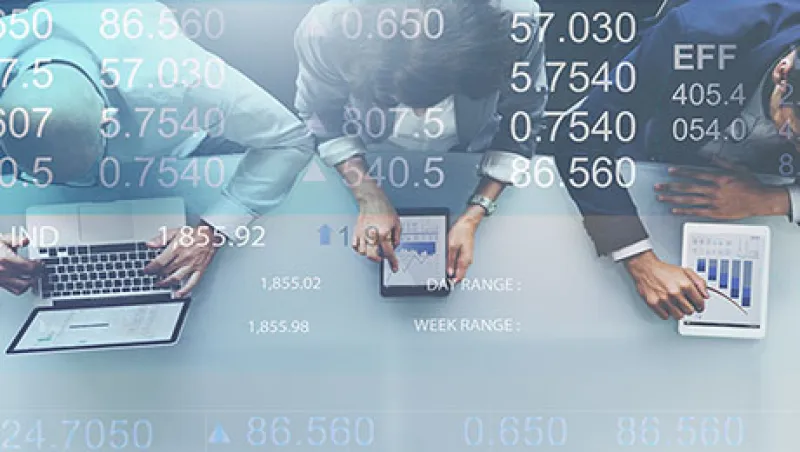Asset managers are racing to launch factor-based and smart beta funds, in part to satisfy investor demand for lower-fee, passive strategies. But a new study from investment research firm Markov Processes International, produced exclusively for Institutional Investor, finds that some of these products vary widely in their performance.
Although there isn’t one standard definition for these types of strategies, factor and smart beta funds are broadly based on a set of rules, programmed into an algorithm, to provide exposure to given characteristics — say, value or small-capitalization stocks. These funds generally rely on transparent, computer-based models, rather than humans. Investors categorize them as passive.
The findings raise the question of what metrics asset managers are using to define the factors the funds are based on, such as value, and what investors should expect from smart beta funds. The performance dispersion also highlights that factor-based investments are truly a hybrid of actively managed and passive strategies. The funds are actively managed in the sense that humans are devising the computer models that drive the strategies and are thus highly subjective; but the portfolios are passive in the sense that once the model has been finalized, the investment decisions are purely computer generated.
Although factor-based investing is not new, asset managers are now coming out with a record number of new funds, in part to diversify away from active management. The MPI study, which focused exclusively on value as a factor, shows that value-focused funds from different managers may behave dramatically differently from one another.
“Given that most of the funds in the small universe share at least the major fundamental characteristic of book value in determining relative price, you would expect them to be fairly homogenous,” says Megan Woods, the analyst who conducted the study. “They’re not as similar as one might expect.”
Specifically, the study found that one-year returns for value funds were as low as 1.65 percent and as high as 7.89 percent. Over the same time period, the top five percent of the value funds MPI tracked returned 7.16 percent, while the median fund returned 5.63 percent.
Over three years, returns ranged from 3.8 percent to 8.38 percent. Also over three years, the top five percent of funds returned 8.25 percent, while the median returned 7.21 percent. MPI analyzed 30 funds that met the criteria for the study, which was designed as a close look at large-cap value index funds with at least 12 months of history.
Woods added that one of the reasons for the disparity is in how managers choose to measure value stocks. “Book-to-price is almost universal, but some indexes and products include cash flow, sales, dividend yields, and other fundamentals as well,” she says.
In an MPI study earlier this year of more complex, multi-factor smart beta funds, which combine several characteristics in one portfolio, the performance results varied even more dramatically. Between December 3, 2015 and June 2, 2016, funds in the category returned a low of -6 percent and a high of 6.5 percent.
Yves Choueifaty, CEO of TOBAM, an asset management firm considered to be one of the founders of the smart beta movement, says there is a group of asset managers in the category who are risk-factor driven and not neutral.
“They have to be insightful, because they’re picking specific factors. They’re about alpha,” says Choueifaty. “The reason there is huge dispersion of returns in this group is because there are thousands of factors. And when you decide to build a value portfolio, for example, you are bullish on value, and biased towards it.”
With various providers defining the same factors differently from one another, investors need to proceed with caution.
“Nobody has the same insights as another person, and no one forecasts the same thing,” says Choueifaty.







